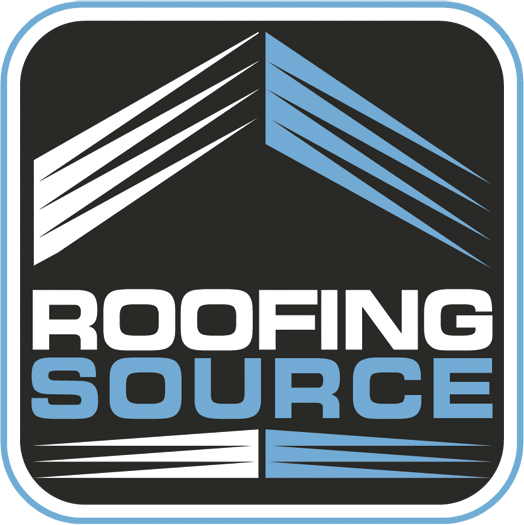Rooftop units (RTUs) play a crucial role in the heating, ventilation, and air conditioning (HVAC) of commercial buildings, but they can also impact the performance and lifespan of your roof. Below are examples of common challenges RTUs can create, along with ways to identify and prevent potentially costly damage:
Increased Foot Traffic. RTUs require regular maintenance, which increases foot traffic on the roof. The more people on your roof, the greater the risk of accidental damage. Workers may drop tools, screws, or panels, which can easily puncture or tear the roof membrane. Even small punctures can lead to leaks over time. To prevent damage, ensure contractors use designated walkways and follow proper rooftop care and protocols when servicing the units.
Condensation and Moisture. Condensation from RTUs is another concern. When these units operate, they create moisture that can accumulate on the roof. If this condensation is not properly managed, it can lead to ponding water, which sits on the roof for extended periods. Standing water can degrade and shorten the lifespan of the roof. Over time, this moisture can lead to leaks, which is especially prevalent in humid environments where condensation is more prevalent.
Leak Risks from Roof Penetrations. RTUs also create penetrations in the roof, which are potential entry points for water. Flashing and seals around the units must be properly installed and maintained to prevent leaks. Even tiny gaps or damaged seals can allow water to enter, especially if the unit shifts or moves. These leaks can be difficult to detect because they may mimic traditional roof leaks, complicating the diagnosis.
Collaboration with Contractors. Given the potential for RTUs to cause damage, a strong partnership between your roofing and HVAC contractors is essential. Regular coordination ensures that both parties are aware of potential issues and can work together to maintain both the roof and the RTUs. Addressing any problems promptly will help prevent larger issues from developing, saving time and money.
While RTUs are necessary for your building’s climate control, they can create challenges for your roof. By managing foot traffic, condensation, and leak risks, and fostering good communication with contractors, you can minimize the impact of RTUs on your roof’s performance.
Interested in getting your roof protected? Request service online or call our team at (833) 247-7663.


